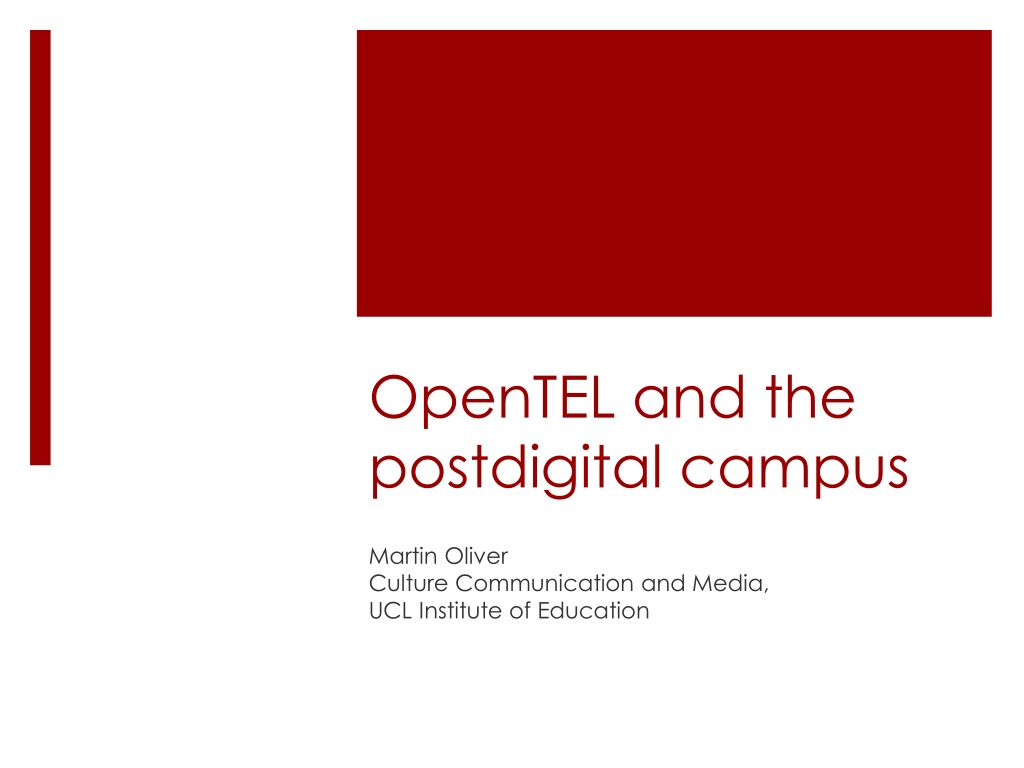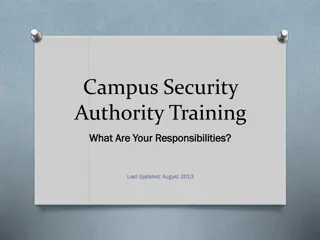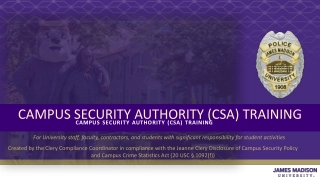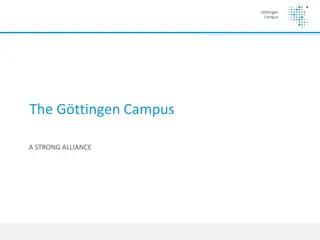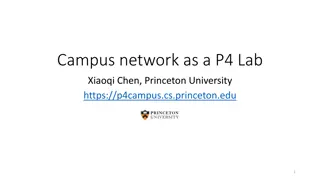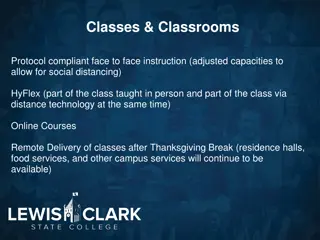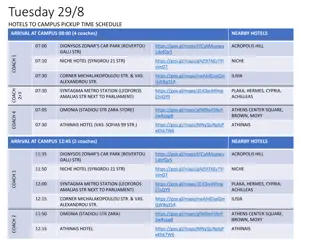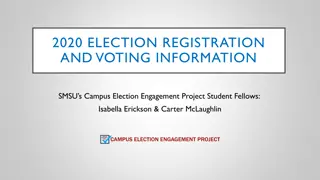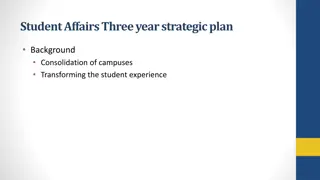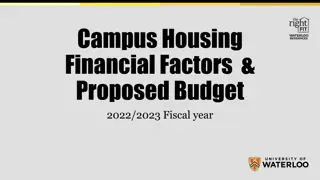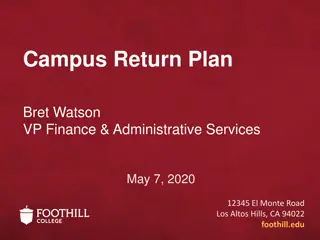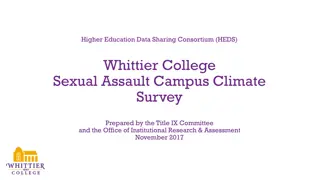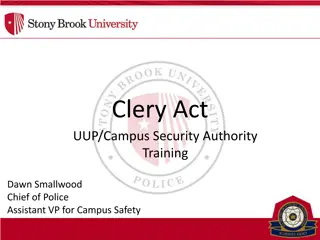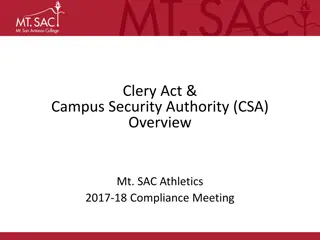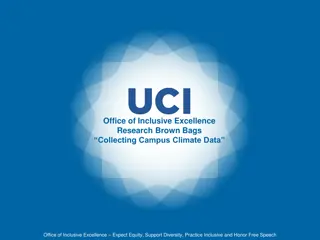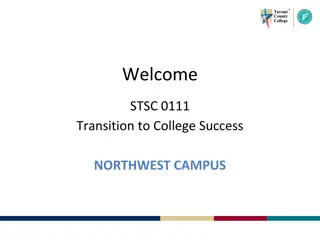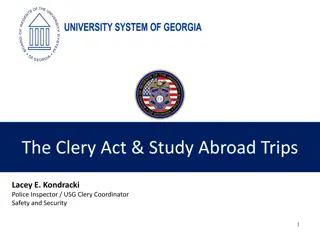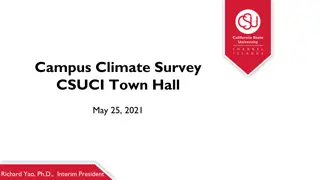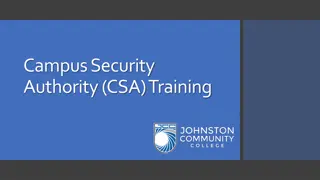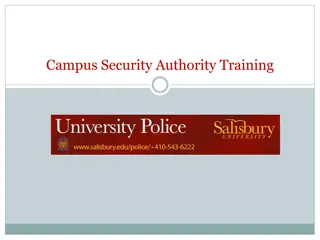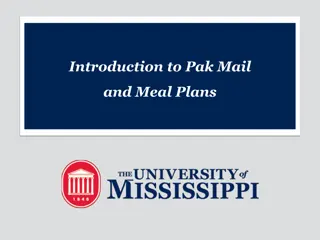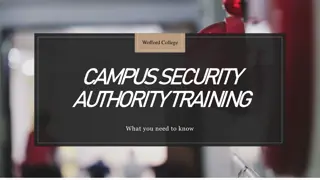Exploring OpenTEL and Postdigital Campus Innovations
Knowledge production and interdisciplinary initiatives like OpenTEL in education, focusing on physical, digital, and postdigital aspects. Emphasizes the evolving educational resources, challenges of traditional systems, and the intricate nature of information infrastructure analysis.
Download Presentation

Please find below an Image/Link to download the presentation.
The content on the website is provided AS IS for your information and personal use only. It may not be sold, licensed, or shared on other websites without obtaining consent from the author. Download presentation by click this link. If you encounter any issues during the download, it is possible that the publisher has removed the file from their server.
E N D
Presentation Transcript
OpenTEL and the postdigital campus Martin Oliver Culture Communication and Media, UCL Institute of Education
Overview The production of knowledge, and interdisciplinary initiatives such as OpenTEL Education and material cultures Infrastructure The campus Physical Digital Postdigital Postdigital and interdisciplinary
Education and material cultures
Humans, and what they take to be their learning and social processes, do not float, distinct, in container-like contexts of education, such as classrooms or community sites, that can be conceptualised and dismissed as simply a wash of material stuff and spaces. The things that assemble these contexts, and incidentally the actions and bodies including human ones that are part of these assemblages, are continuously acting upon each other to bring forth and distribute, as well as to obscure and deny, knowledge. (Fenwick et al, 2011: vii)
Information infrastructure is a tricky thing to analyze. Good, usable systems disappear almost by definition. The easier they are to use, the harder they are to see. [ ] Through due methodological attention to the architecture and use of these systems, we can achieve a deeper understanding of how it is that individual and communities meet infrastructure. (Bowker & Star, 2000: p33)
A significant feature of most educational resources is that they are restricted to many and can cost a lot to gain access to. [ ] In a traditional, campus-based, closed university, the educational resources available to registered students are within the perceived boundary of the system, and most learners usually sit in the system s environment, which itself is not very open. Universities limit the number of students they enroll, and determine the students entry through selection methods such as previous educational achievement. [ ] Further, most universities serve full- time students. Part-time students must structure their time around the institution s schedule, which can be difficult for those who work or have family and other commitments. The students must come to the campus to participate in the educational experience. The methods of teaching used are also very limited (and limiting): Students attend professors lectures, along with some seminars, workshops and laboratory, or other practical activities. Educational resources are housed in a physical library or bookstore. (Lane, 2008: 149-50)
A significant feature of most educational resources is that they are restricted to many and can cost a lot to gain access to. [ ] In a traditional, campus-based, closed university, the educational resources available to registered students are within the perceived boundary of the system, and most learners usually sit in the system s environment, which itself is not very open. Universities limit the number of students they enroll, and determine the students entry through selection methods such as previous educational achievement. [ ] Further, most universities serve full- time students. Part-time students must structure their time around the institution s schedule, which can be difficult for those who work or have family and other commitments. The students must come to the campus to participate in the educational experience. The methods of teaching used are also very limited (and limiting): Students attend professors lectures, along with some seminars, workshops and laboratory, or other practical activities. Educational resources are housed in a physical library or bookstore. (Lane, 2008: 149-50)
New technologies and approaches to education are already having a clear and positive impact on higher education provision. [ ] They are already starting to facilitate better quality learning and teaching for both on-campus and online provision, as educational resources from around the globe become more freely accessible. [ ] There is enormous potential for widening access to higher education and increasing the diversity of the student population. Online technologies provide opportunities to learn anywhere, anytime and from anyone. [ ] This will provide an important tool to governments in ensuring a diversity of provision within higher education systems to meet the needs of all learners. It also provides a platform for reaching international markets and complements existing developments in cross-border education. (High-Level Group on the Modernisation of Higher Education, 2014: 10)
New technologies and approaches to education are already having a clear and positive impact on higher education provision. [ ] They are already starting to facilitate better quality learning and teaching for both on-campus and online provision, as educational resources from around the globe become more freely accessible. [ ] There is enormous potential for widening access to higher education and increasing the diversity of the student population. Online technologies provide opportunities to learn anywhere, anytime and from anyone. [ ] This will provide an important tool to governments in ensuring a diversity of provision within higher education systems to meet the needs of all learners. It also provides a platform for reaching international markets and complements existing developments in cross-border education. (High-Level Group on the Modernisation of Higher Education, 2014: 10)
The allure of a more open form of education The old way is centered around the institution - government, corporation, Microsoft, broadcasting agency, AOL-Time Network - the new way is centered around the individual - the personal website, the blog, the email address. Downes (2011: 36)
A long fascination with the martini model of online learning (e.g. Hiltz & Wellman, 1997) Martini Rosso s advertising slogan Any time, any place, anywhere Google as a threat to the monopoly (or at least hegemony) of lecturers and University libraries (Barber et al, 2013: 16) MOOCs overthrowing the brick and mortar campus (Friedman, 2013) The hope to extend education well beyond the confines of the physical Laurillard (2008, 231)
Disaggregation (Weller, 2011)
After a fascination with the digital Stiegler and inseparability with technology The false binary of the digital/physical being replaced by a continuum A return to the analogue What to look at when we can take the digital infrastructure for granted (Taffel, 2016)
Even in cyberspace environments, as Stone (1991:117) has famously remarked, there is always a body attached . Cyberspace could well be a non-space, but the subjects who inhabit it always remain embodied. (Land, 2005: 154)
Freedom from or freedom to? (Knox, 2013) Negative liberty emphasising the removal of barriers to freedom Positive liberty Individuals choose the form and quality of freedom they wish to pursue, and how to pursue it So what might we lose if we overcome the campus?
Rather than starting analysis from a space out of which objects move, this approach aims to map mobilities and the ways in which spaces are moored, bounded and stabilised for the moment, and the specific (im)mobilities associated with such moorings. We might take such spaces for granted as, for instance, universities but a mobilities analysis would examine the ways in which such spaces are enacted and become sedimented across time. (Edwards et al, 2011: 223)
The campus is best thought of not simply as a constraint but, to borrow Brown and Duguid s phrase, as a resourceful constraint (Brown & Duguid 2000: 246), one it would be premature to write off and which those developing distributed learning need to take seriously. [ ] The campus or more generally, the co-location of learners, teachers, labs, class- rooms, lecture theatres, libraries and so on refuses to lie down and die. Those seeking to develop distributed education should understand the support a campus setting gives the educational process and should be prepared for the necessity to find new ways of providing that support in a distributed education context. (Cornford & Pollock, 2005: 181, 170)
Idhes idea of the instrument (2005) Time isn t an abstract idea for Einstein; time is what we measure with a clock. [ ] Ideas that make a difference to the world don t fly about free of the weightiness of their material instantiation. To theorize is not to leave the material world behind and enter the domain of pure ideas where the lofty space of the mind makes objective reflection possible. Theorizing, like experimenting, is material practice. (Barad, 2007: 55)
Laboratory life (Latour & Woolgar, 1979) and the materiality of knowledge work The development of specialist centres of calculation (Latour, 1990) Comenius interests in the character of the school as a physical place with specific material objects and spaces [ ] full of luring and enchanting things (Bengtsen, 2014)
Heideggers ready-to-hand versus present-at- hand Can it be productive to remind learners of their embodiment? What can be learnt when attention is drawn back to the relationships between learners, technologies and knowledge?
Were we always postdigital? Openness is not a new concern Socio-technical developments that affect the openness of education can be traced back to the 12th Century (Peter & Deimann, 2013) 1836: University of London Open University BBC and broadcast materials Radio university in China
What is the infrastructure needed for knowledge work? What parts of this infrastructure can be distributed? What can travel to the learner? What must the learner travel to? If learners are freed from the campus, what do they end up moored to instead? Phones, laptops and other screens? Bars, bedrooms and kitchens? What are the politics of learners having to re- create these spaces?
Postdigital and interdisciplinary
Signature pedagogies (Shulman,1986)
Mishra & Koehler (1986) Technological Pedagogical Content Knowledge
What crosses the boundaries? Who crosses the boundaries? What are they doing, when they cross the boundaries? What would a student need if they were asked to do this to?
A pendulum swing, from the material to the digital and at least part-way back again Re-thinking the campus , and how it is spread and constantly re-created through students practices A sharper appreciation of the everyday world of student life
